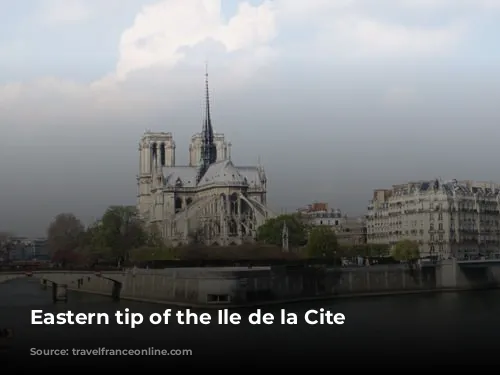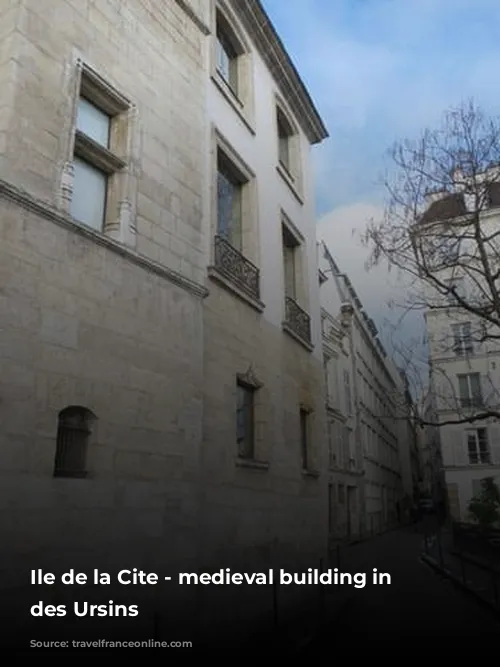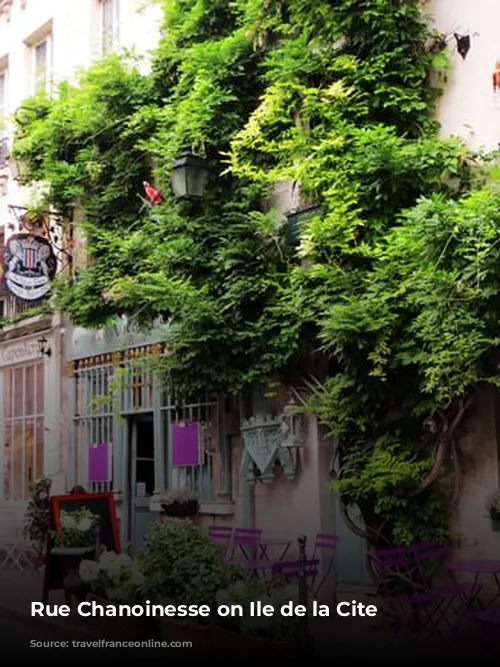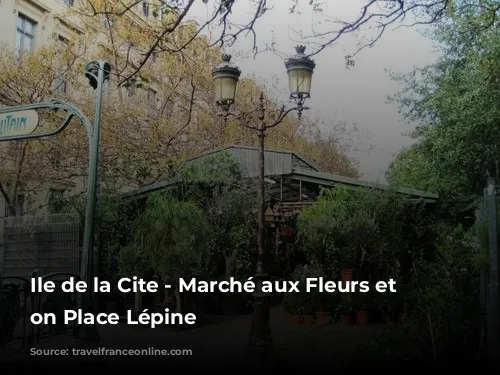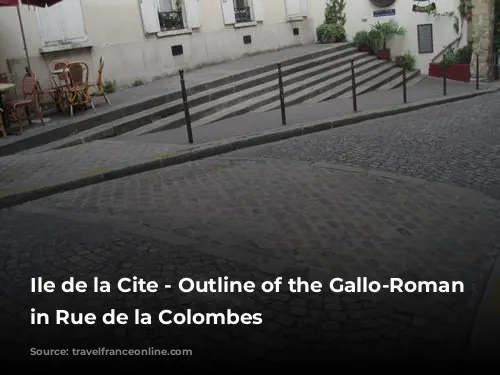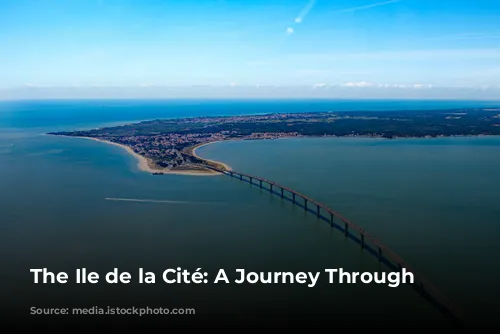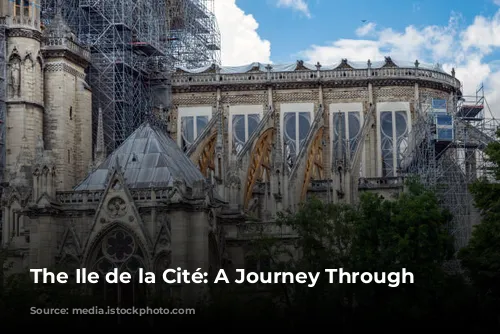Paris, the City of Lights, pulsates with history. At its heart lies the Ile de la Cité, a small island in the Seine River that holds the secrets of a bygone era.
From Gallic Stronghold to Roman City
Long before the rise of Paris, the Gallic tribe of Parisii established their stronghold, Lutetia, on the Ile de la Cité in 52 BC. This strategic location, at the confluence of ancient trade routes, made the island a vital hub. The Parisii built two wooden bridges, the Petit Pont and the Grand Pont, to connect the island to the mainland, facilitating trade and travel.
With the arrival of the Romans, the Ile de la Cité transformed into the administrative center of the region. The Governor’s Palace stood where the Palais de Justice stands today, and the imposing Temple of Jupiter dominated what would become the Notre-Dame Cathedral site. The Roman city flourished, boasting a lively forum, a prison, bustling markets, vibrant shops, and a labyrinth of homes.
Echoes of the Past
Today, the Archaeological Crypt Notre-Dame, nestled beneath the cathedral square, offers a glimpse into the Ile de la Cité’s ancient history. This crypt-museum displays the remnants of the Roman city, a testament to the island’s enduring legacy. It’s almost as if you can hear the echoes of the bustling markets and feel the weight of Roman rule as you walk through the crypt.
A City in Transformation
As Paris grew, the Ile de la Cité couldn’t contain its expanding population. A new district emerged on the Left Bank, where the Latin Quarter later developed. This expansion marked the official transformation of Lutetia into Paris in 360 AD.
The Ile de la Cité was a constant battleground against invaders. The Parisians fortified the island’s ancient ramparts during the Huns’ siege in 451 AD, under the leadership of the courageous Saint Geneviève. This period also saw the Frankish king Clovis declare Paris the capital of the Kingdom of France in 508 AD.
The island faced further threats in 885 AD, when the Normans besieged the city. The resilient Parisians, however, defended their city once again.
A Flourishing City and a Majestic Cathedral
The dawn of the new millennium witnessed France’s rapid population growth and the spread of Christianity. This era saw the construction of magnificent cathedrals, like Notre-Dame, a symbol of the burgeoning faith.
The Ile de la Cité continued to transform as Paris expanded. Iconic landmarks like the Palais de Justice, Conciergerie, and Sainte-Chapelle were constructed during the 13th and 14th centuries, adding to the ancient royal palace. The Ilôt Galilée was attached, and the river arm separating it from the main island was filled in, creating the Quai des Orfêvres, once a renowned jewelers’ district.
The 14th century witnessed the bustling Ile de la Cité, with its medieval charm. The western tip held the royal palace with its lush gardens. The eastern tip boasted the Notre-Dame Cathedral, the cloister, and the Bishops’ Palace. In between, a vibrant tapestry of narrow lanes, shops, and houses thrived.
Haussmann’s Vision
In the 1860s, Baron Haussmann’s grand renovation of Paris impacted the Ile de la Cité. He demolished centuries-old structures, including houses, shops, and churches, to create a larger cathedral square. The Archaeological Crypt Notre-Dame preserves the foundations of these buildings. Haussmann also built key institutions and relocated the Hôtel-Dieu, Paris’s oldest hospital.
The Ile de la Cité Today
Today, the Ile de la Cité remains a vibrant testament to Paris’s rich past. Despite the changes, the footprint of the cloister endures, defined by the cathedral, Rue d’Arcole, and the curve of the Seine. The cloister, once a hub of intellectual and academic life, houses the first university of Paris.
The Ile de la Cité is a place where time stands still, where the past whispers through its cobbled streets, and where the echoes of history resonate through its ancient stones. A stroll through this island is a journey through centuries, a glimpse into the very heart of Paris, where the city’s legend began.
